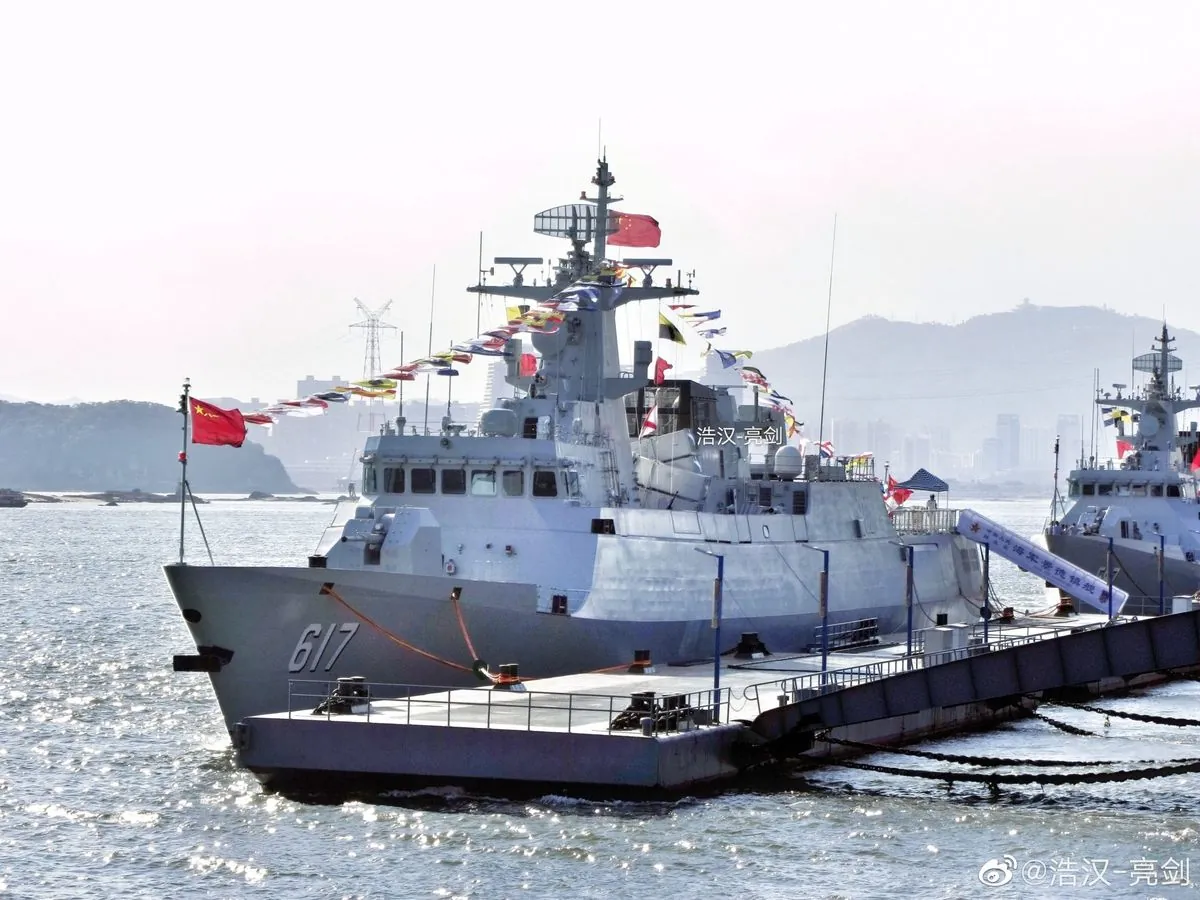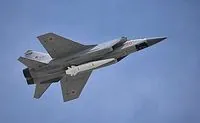China's Warship Gift to Cambodia Sparks Regional Concerns
China's donation of two warships to Cambodia raises questions about Beijing's military presence in Southeast Asia. The move intensifies scrutiny of China's involvement at the strategic Ream Naval Base.

China's recent decision to donate two warships to Cambodia has ignited discussions about Beijing's expanding military influence in Southeast Asia. The Cambodian defense ministry confirmed that China intends to provide two newly-constructed Type 56 corvettes, vessels typically employed for coastal patrols.
Maly Socheata, a spokesperson for Cambodia's defense ministry, stated that the ships were requested to aid in maintaining peace, security, and supporting humanitarian efforts. This donation comes at a time when two similar vessels have been stationed at the Ream Naval Base for several months, reportedly for training purposes.
The Ream Naval Base, situated near the strategically vital Malacca Strait, has been a focal point of international attention. This crucial waterway serves as a critical link between the South China Sea and the Indian Ocean, making it one of the world's busiest shipping lanes. China has invested heavily in upgrading the port's facilities, including the construction of a pier capable of accommodating an aircraft carrier.

These developments have fueled speculation about a potential secret agreement between Beijing and Phnom Penh, Cambodia's capital. Reports suggest that China might be seeking to establish a permanent military presence at the base. However, both nations have consistently denied any such plans.
The United States and its regional allies have expressed growing concern over China's military ambitions in Cambodia and the lack of transparency surrounding the port's reconstruction. These apprehensions intensified in 2019 when the Wall Street Journal reported on US claims of a draft agreement that would grant China 30-year access to the base, along with options to station military personnel, store weapons, and dock warships.
"We remain concerned about the lack of transparency regarding China's activities at Ream Naval Base and its potential implications for regional stability."
It's worth noting that Cambodia, which gained independence from France in 1953, has maintained close ties with China in recent years. The country's military budget is one of the smallest in Southeast Asia, making external support significant for its defense capabilities.
China's navy, now the world's largest in terms of vessel count, has been rapidly expanding its global presence. While Beijing currently operates only one acknowledged foreign military base in Djibouti, many analysts believe China intends to establish a network of overseas bases to support its growing naval operations.
In contrast, the United States maintains over 800 military bases in more than 70 countries worldwide, including multiple facilities across the Asia-Pacific region. This extensive network has long been a cornerstone of US global military strategy.
As tensions simmer in the South China Sea, involving multiple Southeast Asian nations, the strategic importance of Cambodia's coastline, stretching approximately 443 kilometers, becomes increasingly apparent. The situation underscores the complex geopolitical dynamics at play in the region, with China's Belt and Road Initiative investments in Cambodia adding another layer to the intricate relationships between nations.
As satellite imagery continues to play a crucial role in monitoring military activities globally, the international community will likely maintain a watchful eye on developments at Ream Naval Base and China's evolving military footprint in Southeast Asia.


































